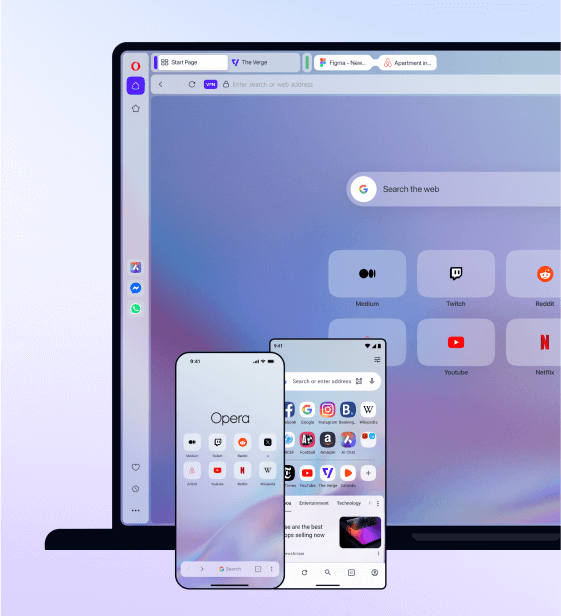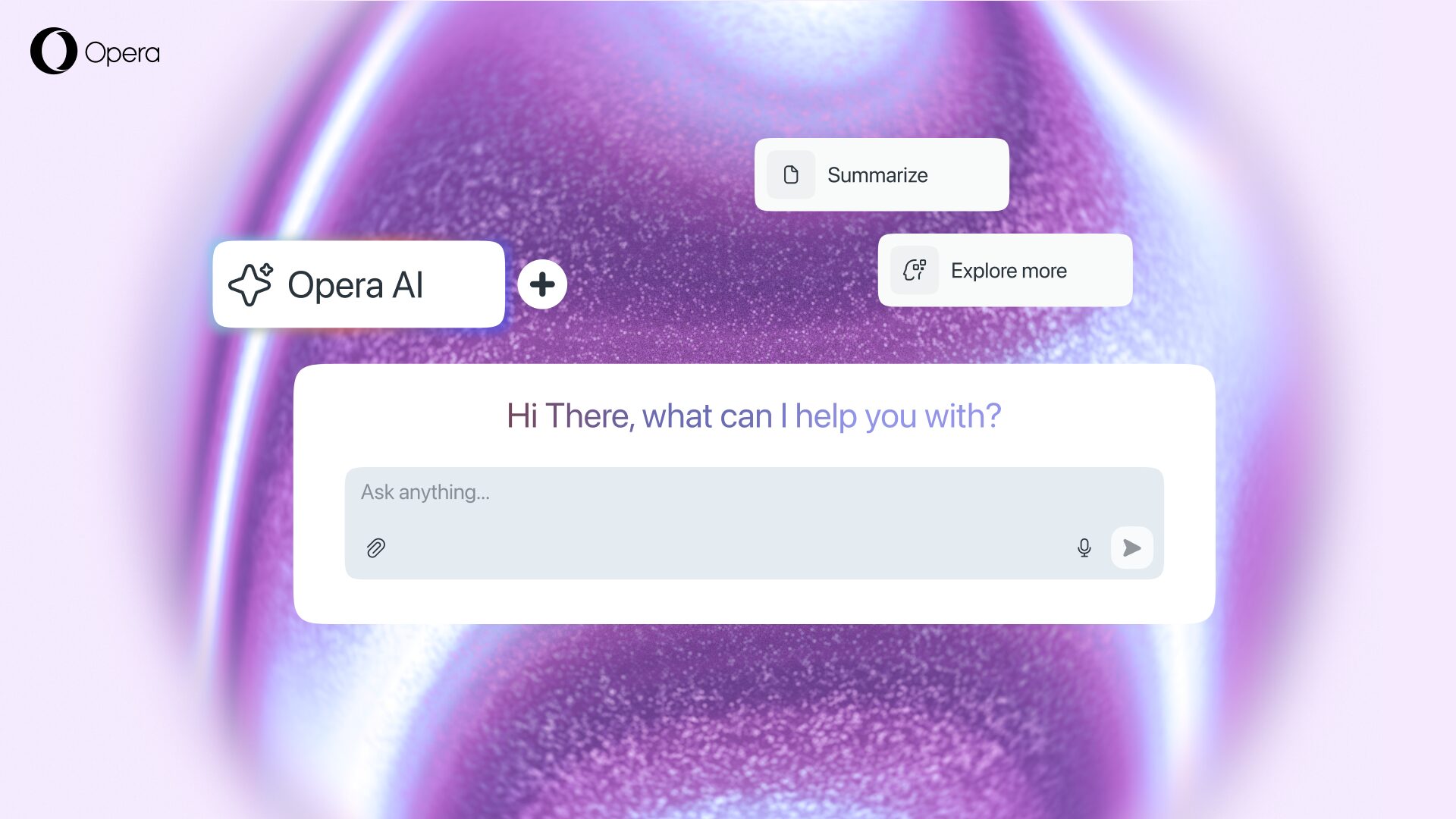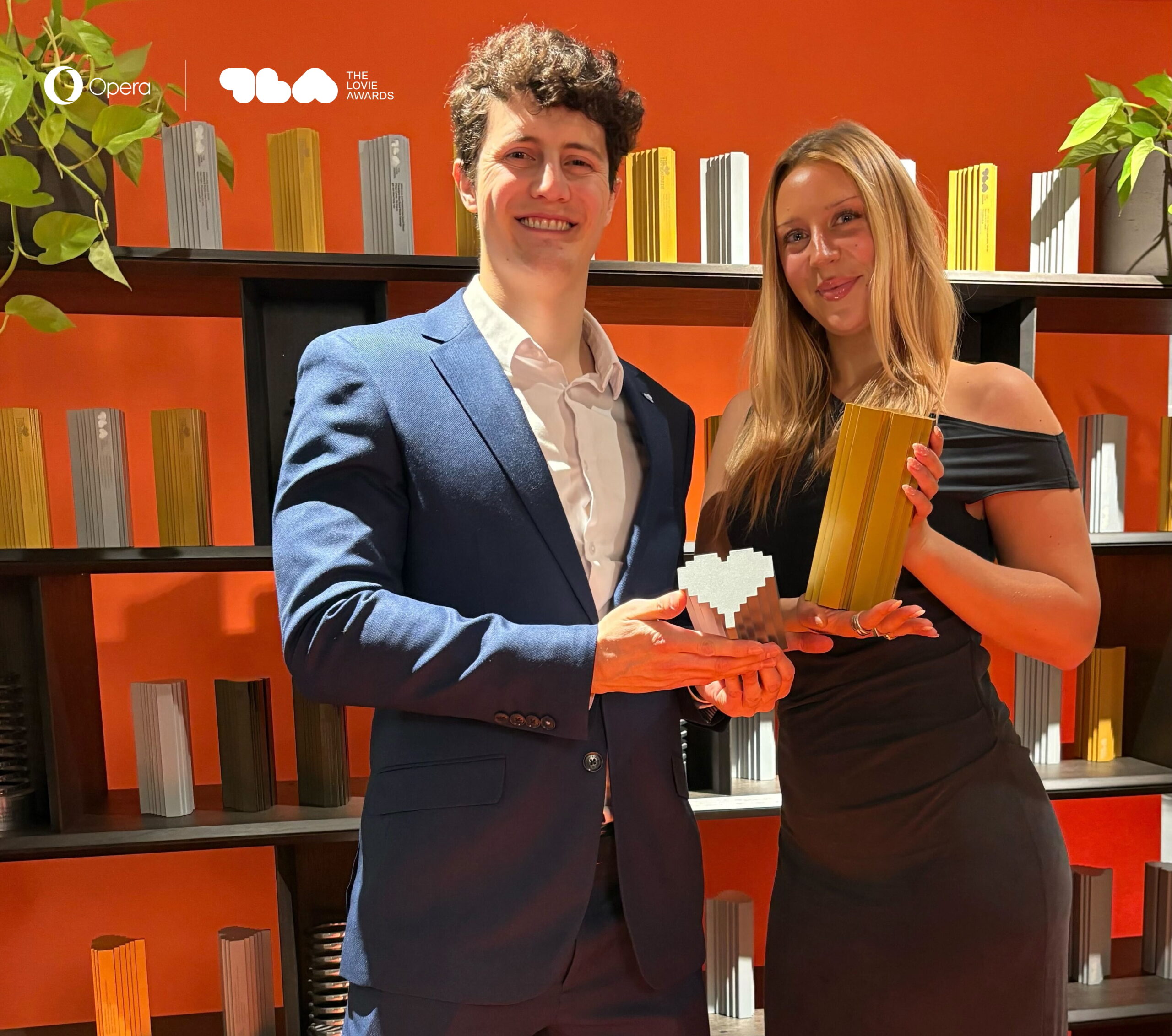WWW, the Wealthy Western Web?

At the Google Progressive Web Apps after-party last night, I had two very different conversations within five minutes of each other.
Conversation #1 went:
“Hey, Bruce! Lucky you weren’t at the REDACTED conference last week. They were bad-mouthing Opera! One speaker said, ‘Anyway, who cares about Opera Mini?’”
In the time it took to drink another five bottles of free beer (about two minutes), conversation #2 happened:
“Oh, Bruce, hi. We have a £100 million business in Asia, and 35% of our users are on Opera Mini.”
What’s the difference? Well, for a start, one statement was apparently said by a European web designer to a room full of European designers, in Europe. The second difference hinges on the word “users”. The second conversation focused on the fact that a technology is used by human beings, which is always, always the point.
Now, I am not Opera Mini’s Product Manager; but, I care deeply about people who use enabling technologies — and Opera Mini is an enabling technology. It allows people on feature phones, low-powered smartphones, people in low-bandwidth areas, people with very small data plans and people who are roaming (you?) to connect to the web.
Sure, I get that Opera Mini can frustrate some designers and developers. Your rounded corners, gradients and JavaScript-only APIs don’t work in Opera Mini’s extreme data-savings mode. (Remember, though, that you can just switch to high savings mode to get everything to look perfect if you are using Opera Mini on Android). But CSS isn’t content, and a progressively-enhanced website will work, albeit more clunkily, with JavaScript throttled after three seconds. (I wrote an article entitled Making websites that work well on Opera Mini, if you want more information on how Opera Mini works.)
I ran the stats today. Of more than 250 million Opera Mini users, 50% are on Android/iOS and 50% are on feature phones. The second group almost certainly have no choice in which browser to use to get a full web experience. That’s 125 million people that this designer-on-a-stage doesn’t care about.
The top territories for Opera Mini use are India, Indonesia, Nigeria, Bangladesh and South Africa. Let’s look at the economic growth of these nations full of interlopers to our WWW (Wealthy Western Web).
| Country | Population | PPP | Growth Rate |
| India | 1,251,695,584 | $6,300 | 7.3% |
| Indonesia | 255,993,674 | $11,300 | 4.7% |
| Bangladesh | 168,957,745 | $3,600 | 6.5% |
| Nigeria | 181,562,056 | $6,400 | 4% |
| South Africa | 53,675,563 | $13,400 | 1.4% |
(PPP= Gross Domestic Product per Capita, figures from CIA World Fact Book)
Those gross domestic product numbers might be low compared with the home countries of the many designers-on-a-stage I’ve met, but how do their growth rates compare? These are dynamic, emerging markets.
If you don’t care about Opera Mini users in these areas, you can bet your competitors soon will.
Read the original article on Bruce’s blog here. Follow Bruce on Twitter.














